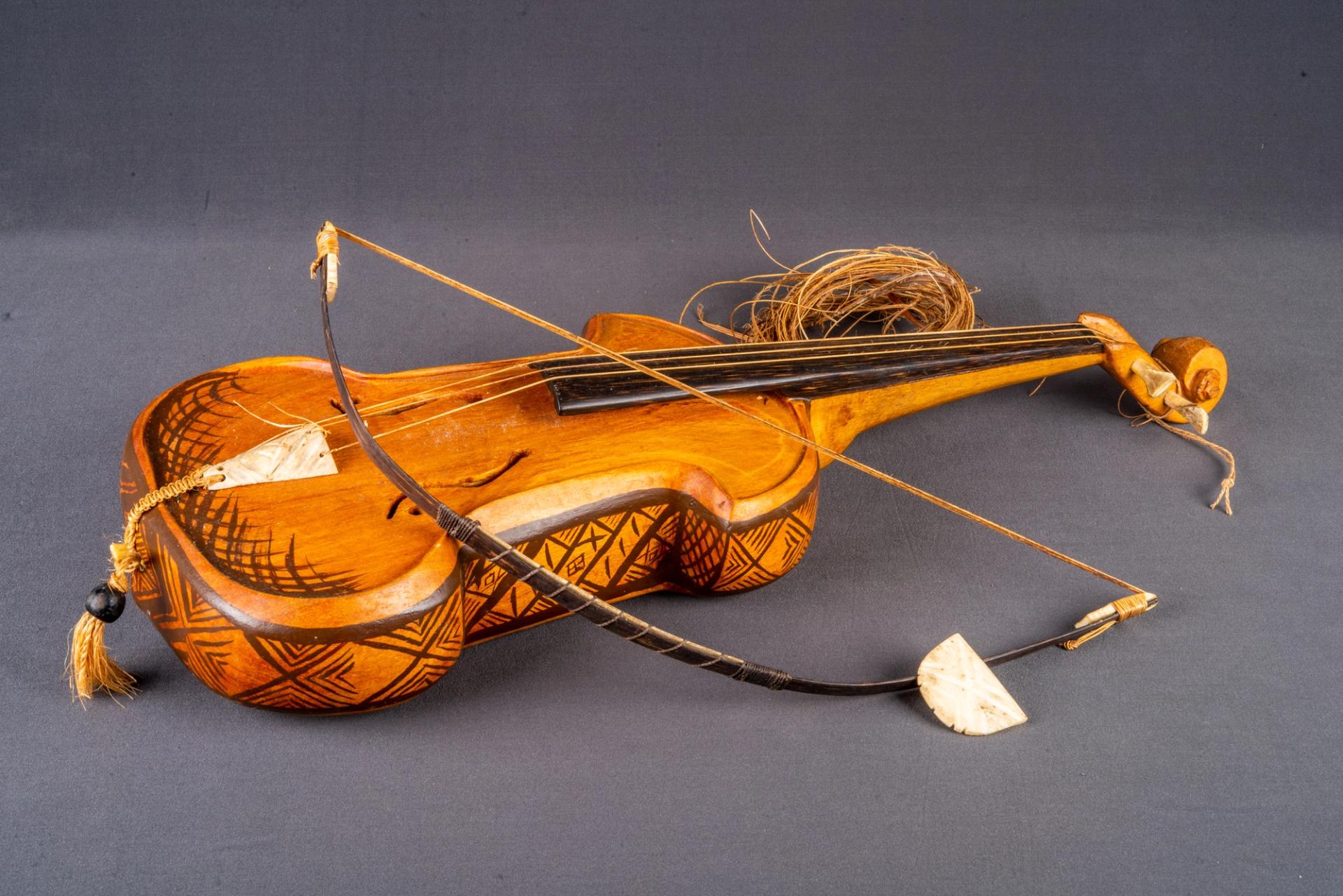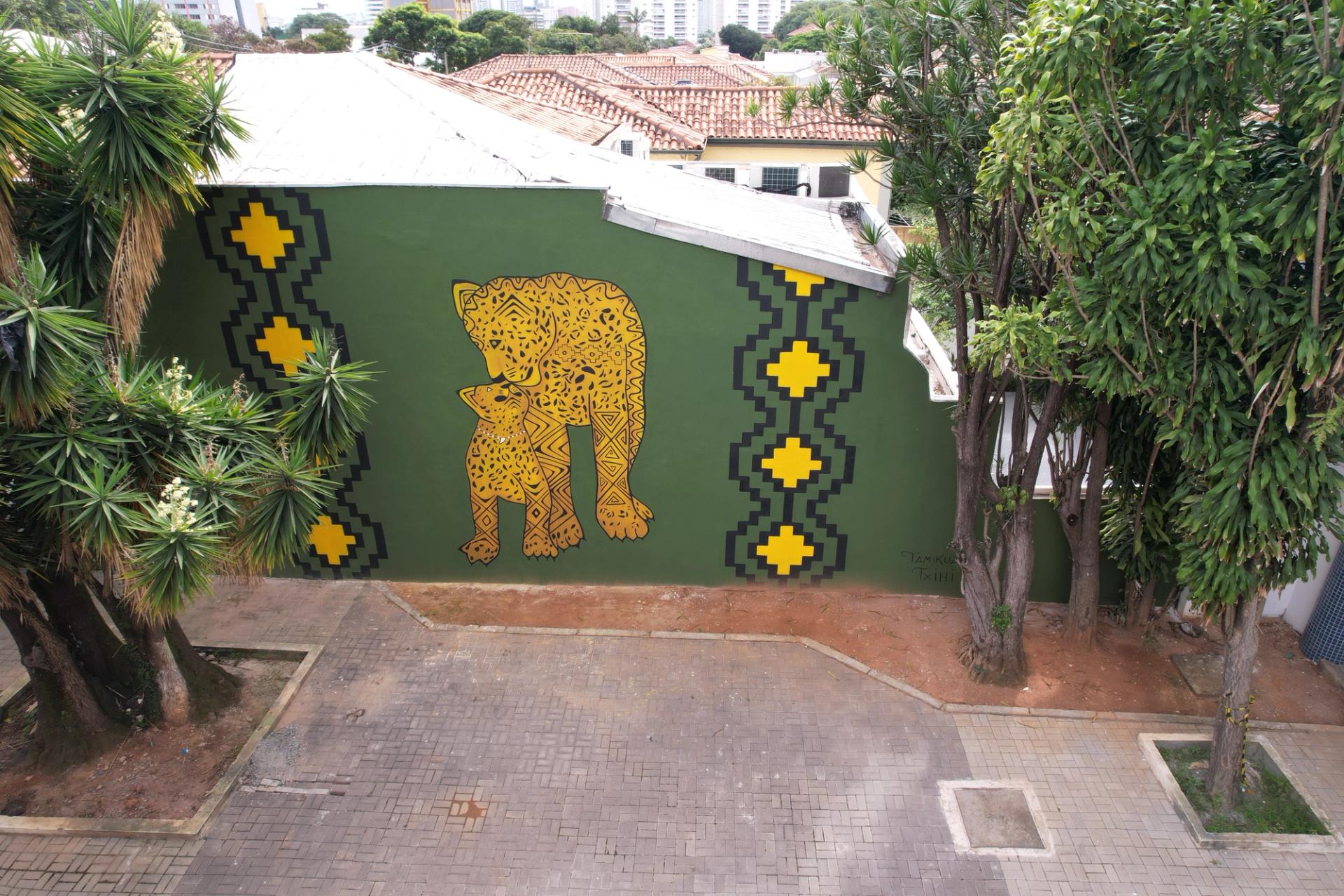As Brazil celebrates 200 years of independence this year, a renewed focus on Indigenous cultures has pushed forward the reopening of Rio de Janeiro’s historic Museu do Índio (Museum of the Indian) and the inauguration of a new cultural space in São Paulo, the Museu das Culturas Indígenas (Museum of Indigenous Cultures).
Founded in 1953, the Rio de Janeiro museum is financed by the Fundação Nacional do Índio (Brazilian Indigenous Protection Foundation, or FUNAI). It holds a collection of nearly 21,000 artefacts and rare documents, including records of the Rondon Commission, an expeditionary group that explored remote parts of Brazil beginning in the 1890s and established contact with dozens of tribal groups, producing large volumes of ethnographic and iconographic material.
The museum closed to the public in 2016 due a non-compliance to fire department requirements, years before a fire devastated the Museu Nacional-UFRJ (National Museum of Brazil)—which held one of the largest collections of Brazilian Indigenous artefacts in the world—in 2018 following years of financial neglect.
However, the museum’s director, Giovani Souza Filho, states that the museum “did not close due to lack of funds, but rather to be able to meet fire prevention and electrical grid requirements”, and that it receives around “12m reais (around $2.4m) per year for our operations”.

Musical instrument from the Guaraní Mbia tribe in Espírito Santo state. Photo: Paulo Mumia. Courtesy Museu do Índio.
During its closure, the museum has allowed Indigenous groups to visit the institution to help with the curating and cataloguing of artefacts in the collection. The groups are “recognising pieces, photographs and practices of their ancestors, and can give us more information about these collections”, says the museum’s coordinator of cultural heritage, Bruno Aroni. “With these visits we have improved our documentation and brought the Indigenous people closer to the museum.”
The museum has significant symbolic value to Indigenous populations. “It is rare to find an Indigenous village in Brazil that has not heard of the museum or that does not have the desire to visit,” says the anthropologist Juliano Almeida da Silva, who is one of the museum's board advisors. “The collection is a way to find stories that have been lost over time. They end up being a way of building and strengthening Indigenous identities.”

Doll from Karaja Indigenous in Tocantins State, which have been recognised as a cultural heritage object by Brazilian National Historic and Artistic Heritage Institute (IPHAN). Photo: Paulo Mumia/Museu do Índio.
Museum administrators say the renovations are on track and that the museum will begin to reopen next year. Until then, the public can see much of the collection online. Souza Filho adds, “It is very important that we begin to transfer the responsibilities of preserving and disseminating the cultures to the Indigenous peoples themselves.”
In São Paulo, the Museu das Culturas Indígenas, a 1,400 sq. m, seven-floor repurposed building opened to the public on 30 June. The inaugural lineup features solo exhibitions dedicated to the artists Denilson Baniwa and Xadalu Tupã Jekupé, who deal with themes of displacement and colonialism through various media in their work, and a series of outdoor murals depicting motifs of Guaraní culture.

The Museu das Culturas Indígenas. Courtesy Museu das Culturas Indígenas, São Paulo.
The museum aims to bring together people of different ethnicities and representations through oral storytelling and contact, and is also actively engaging with Indigenous groups in the management and curation of the cultural center.
The curatorial plan is to have a rotation of work by Indigenous artists on view so that most of the tribes will be able to exhibit some of their traditions at the museums, according to Ara Mirim, who lives with the Guaraní tribe in a reserve outside of São Paulo and is one of the museum’s “masters of knowledge”, or Indigenous advisors who tell visitors about the traditions and cultures of the 305 known Indigenous tribes that exist in Brazil today.

The Museu das Culturas Indígenas. Courtesy Museu das Culturas Indígenas, São Paulo.
She adds, “It's not just arriving, looking and leaving. The visitors here will look, listen, learn and start to respect Indigenous cultures and traditions. Masters are here to show visitors the importance of these populations, where they are located and how many people exist.”


